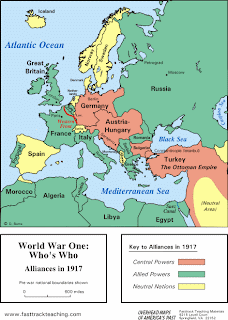We needed more soldiers. Couldn't the Labor party see that? It was a choice between supporting conscription or disappointing Great Britain. I started a referendum to make enlistment in the army compulsory but it had been rejected. Of course, I would not give up. I was trying my hardest to enforce conscription.
Parties against Labor knew this. They knew that we had to help Great Britain win this war against the enemy. So why didn't my own party understand? I had succeeded Andrew Fisher as Prime Minister. I was their leader. The Prime Minister. Naturally I tried to convince the Labor Party, but they wouldn't listen. I broke off from them in November, 1916. I formed the National Labor Party.
 |
| William Morris Hughes |
I had followers, of course. Twenty five members of the Labor party joined me. The Governor-General, Sir Ronald Munro-Ferguson was also on my side. Britain was on my side. I started negotiations with the Liberal Party (not today's party formed by Menzies). Together we merged coalitions, forming the Nationalist Party of Australia.
We won a huge victory at the 1917 Federal Election. Confident, I held a second referendum pushing for conscription.
The Archbishop of Melbourne, Daniel Mannix, went against me. He had spoken out against my first referendum and now he was doing it again. He insisted that we had no right to compel a man to fight and kill.
Although I was defeated, I, William Morris Hughes, one of Australia's greatest political figures, played a major part in shaping Australia's political landscape.


